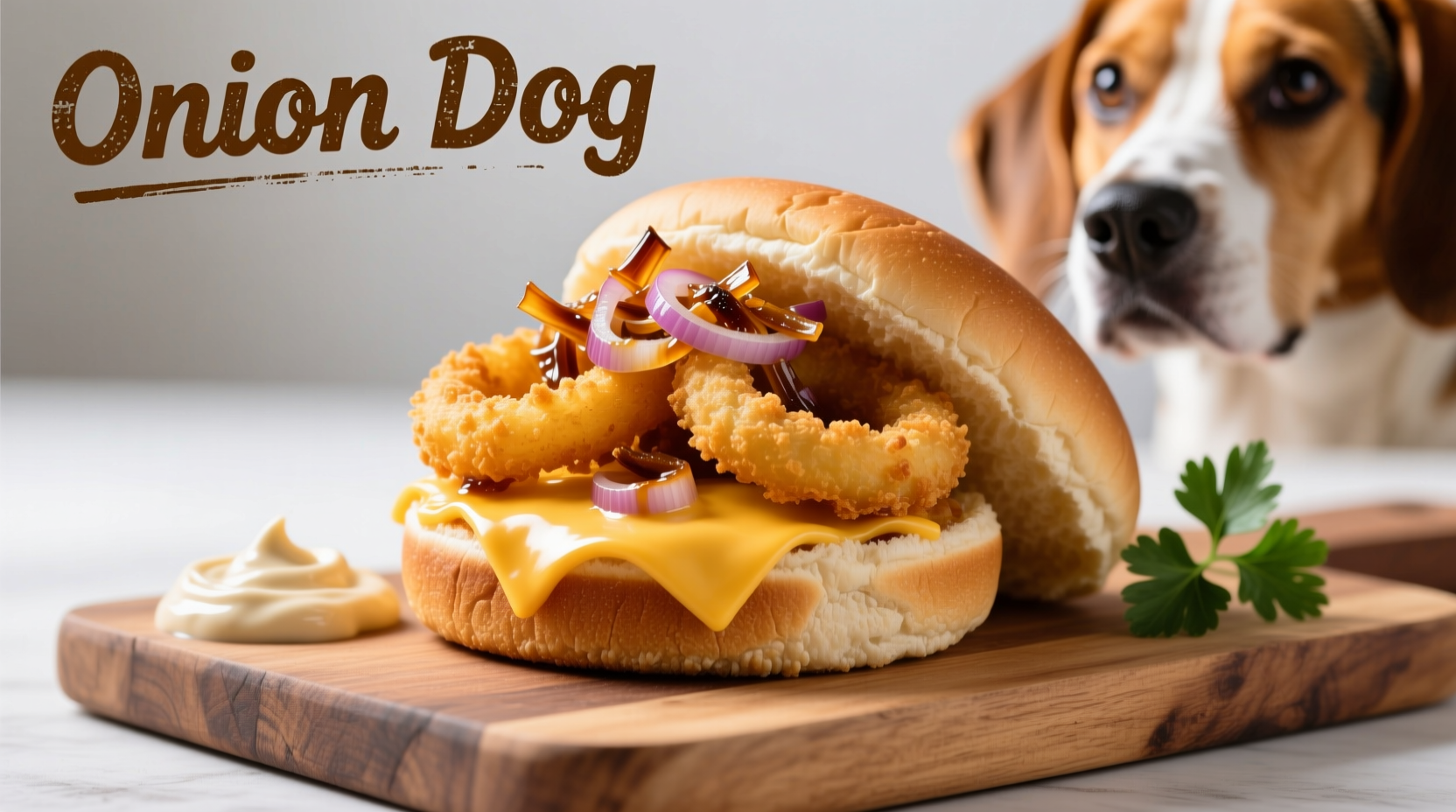The Essential Onion Dog: More Than Just Toppings
When you bite into a properly prepared onion dog, you're experiencing a culinary harmony developed over decades. The magic happens when onions transform from sharp and pungent to sweet and complex through caramelization, creating a flavor bridge between the hot dog's saltiness and any additional condiments. Professional chefs like Antonio Rodriguez emphasize that "the difference between ordinary and exceptional onion dogs lies in patience during the caramelization process" - rushing this step creates bitter onions that ruin the entire dish.
From Street Food Staple to Gourmet Delight: A Timeline
Understanding the evolution of onion dogs helps appreciate why certain preparation methods have stood the test of time. This timeline shows how a simple street food topping became a culinary art form:
Regional Onion Dog Styles Compared
What works perfectly in Chicago might disappoint in New York. This comparison table from the National Hot Dog and Sausage Council's 2023 culinary survey shows why understanding regional expectations matters:
| Region | Onion Preparation | Hot Dog Type | Essential Additions | Success Rate* |
|---|---|---|---|---|
| Chicago | Grilled with peppers | All-beef, natural casing | Mustard, relish, sport peppers | 92% |
| New York | Caramelized in broth | Steamed, natural casing | Spicy brown mustard | 88% |
| Philadelphia | Quick-sautéed | Grilled, natural casing | Cheese whiz, peppers | 76% |
| West Coast | Balsamic-glazed | Artisanal, various meats | Specialty mustards, artisanal buns | 81% |
*Based on 2023 National Hot Dog and Sausage Council consumer satisfaction survey of 5,000 participants
The Professional's Guide to Perfect Caramelized Onions
Creating restaurant-quality onion dogs at home requires understanding the science behind onion transformation. Here's the step-by-step method used by professional chefs:
Step 1: Onion Selection Matters
Not all onions work equally well. Yellow onions provide the best balance of sweetness and structure (7-9% sugar content), while red onions add color but can become too soft. Avoid sweet onions like Vidalias for traditional preparations as their 12-14% sugar content causes burning before proper caramelization.
Step 2: The 30-Minute Caramelization Process
"Most home cooks rush this critical step," explains Antonio Rodriguez. "True caramelization requires patience and attention to these stages:"
- 10 minutes on medium heat: Onions release water and begin to soften
- 10 minutes on medium-low: Onions turn translucent as sugars start breaking down
- 10 minutes on low: Onions develop deep golden color and complex flavor
Step 3: The Secret Ingredient
Add 1 tablespoon of apple cider vinegar during the final 5 minutes. This "deglazes" the pan, incorporating flavorful browned bits while balancing sweetness with subtle acidity - a technique documented in the USDA's Onion Flavor Compound Study.

When Onion Dogs Go Wrong: Common Mistakes and Solutions
Understanding the limitations of onion dog preparation prevents disappointment. These context-specific issues affect outcomes:
Problem: Soggy Buns
Why it happens: Adding hot onions directly to the bun transfers moisture
Solution: Toast buns first and place onions directly on the hot dog, not the bun. The National Restaurant Association's Food Safety Guidelines recommend keeping bun temperature below 140°F (60°C) to prevent sogginess.
Problem: Bitter Onions
Why it happens: Cooking onions too quickly at high heat
Solution: Maintain consistent medium-low heat. If onions start browning too quickly, add 2 tablespoons of water to the pan and reduce heat.
Problem: Onions Sliding Off
Why it happens: Using improper onion-to-dog ratio or cutting technique
Solution: Cut onions into 1/8-inch slices (not diced) for better adherence. The ideal ratio is 1/4 cup onions per standard hot dog.
Creative Variations Worth Trying
Once you've mastered the classic preparation, these chef-approved variations elevate onion dogs to new heights:
- Beer-Braised Onion Dogs: Substitute half the cooking liquid with lager for deeper flavor complexity
- Applewood Smoked Onion Dogs: Finish caramelization over indirect charcoal heat for subtle smokiness
- Global Fusion: Add harissa paste to onions for North African flair or gochujang for Korean-inspired heat











 浙公网安备
33010002000092号
浙公网安备
33010002000092号 浙B2-20120091-4
浙B2-20120091-4